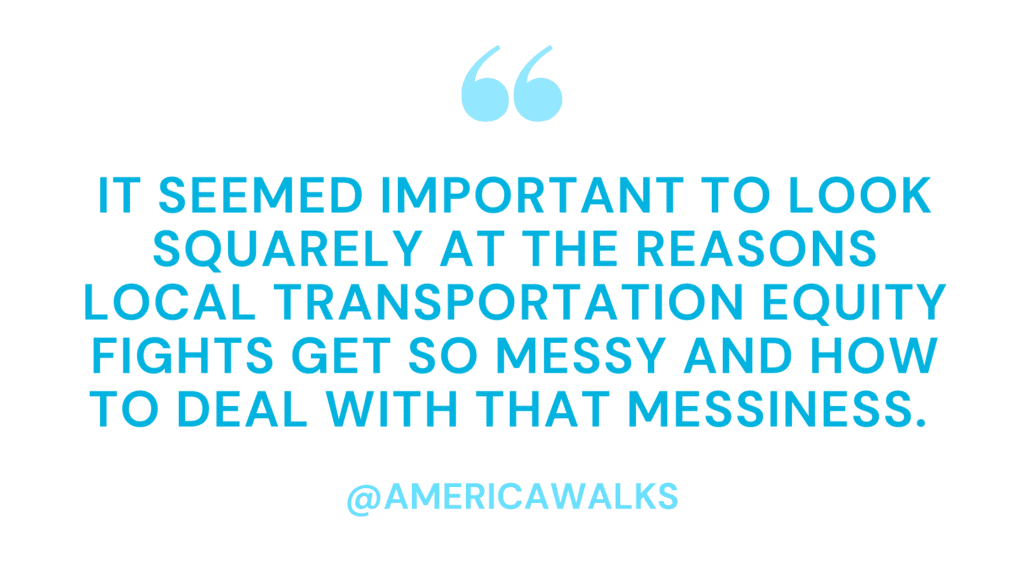
David Shorr and Kathleen Sullivan are independent evaluation consultants who help community organizers, nonprofits and grantmakers boost their impact in the policy and political arena. They can be found on Twitter: @David_Shorr and @Katilist.
By the mid-2010s the Central Wisconsin community of Stevens Point seemed poised to become much more bike- and pedestrian-friendly. Shortly after his election in 2016, Alderperson Shorr and other local officials welcomed a visit by a representative of the League of American Bicyclists (LAB). City leaders were proud of having bronze status as a bicycle-friendly community and aspired to silver status. The LAB representative told the group what it would take to raise the community’s bike-friendliness game. The key point: bike trails for recreation are one thing, and bike lanes for transportation are another. In particular, the area’s 27-mile Green Circle Trail is a real treasure and a lure to tourists, but not much use for doing errands or commuting to work on bicycle. Bottom line: to get silver status there would need to be much more bicycle transportation infrastructure.
A lot of the groundwork had been laid. The community also had a detailed county bike and pedestrian plan; a declared commitment to Vision Zero; a modest set of street shoulders marked for bicycle use; and an approved $400,000 TAP grant for 13 miles of new bicycle infrastructure street markings. What the community had not yet done, however, was to redraw the lanes of a heavily used arterial street.
As a new city councilmember, David championed a four-to-three conversion for Stanley Street (which runs through his council district and three others) thinking it was a natural follow-through on previous solid commitments. But as it became clear, the county plan, Vision Zero resolution, and TAP grant represented merely a declaratory policy of bike- and pedestrian-friendliness. They didn’t really mean that the community was committed to divvying up the public right of way and forcing cars to share the road (even though the changes in the TAP grant represented more of a commitment than many realized). The debate over Stanley Street brought these tradeoffs on the design and use of the streets to the fore. Stevens Point had talked the talk, but was it ready to walk the walk?

The coauthors’ professional role as evaluators—and earlier careers as advocates—makes us keenly interested in how advocates and organizers can achieve change when the politics become tangled. As we examined the Stanley Street road diet case, it seemed important to look squarely at the reasons local transportation equity fights get so messy and how to deal with that messiness. The context of a small city of 26,000 with a part-time city council also brought in a number of interesting constraints and considerations.
As the coauthors did background research on local government decision-making and road diet controversies generally, we observed that many writers avoided focusing on the political and cultural battle lines shape the debate. In this paper, though, we argue the need to treat the conflict as a political obstacle to be overcome, rather than a set of substantive concerns that can be addressed with more public engagement and bridge-building. This led us to the literature on counter-advocacy and strong practices for how to deal with opponents.
The record as we read it indicates that bikelash is a determined foe in the contested public right of way. The fiercest opponents of infrastructure for bicycle commuters and pedestrians are highly unlikely to be persuaded or mollified. Therefore advocates’ only option is to build a persuasive enough case and the policy momentum necessary to prevail. Think of it as achieving policy change through perseverance and pushing through resistance all the way to the finish line.